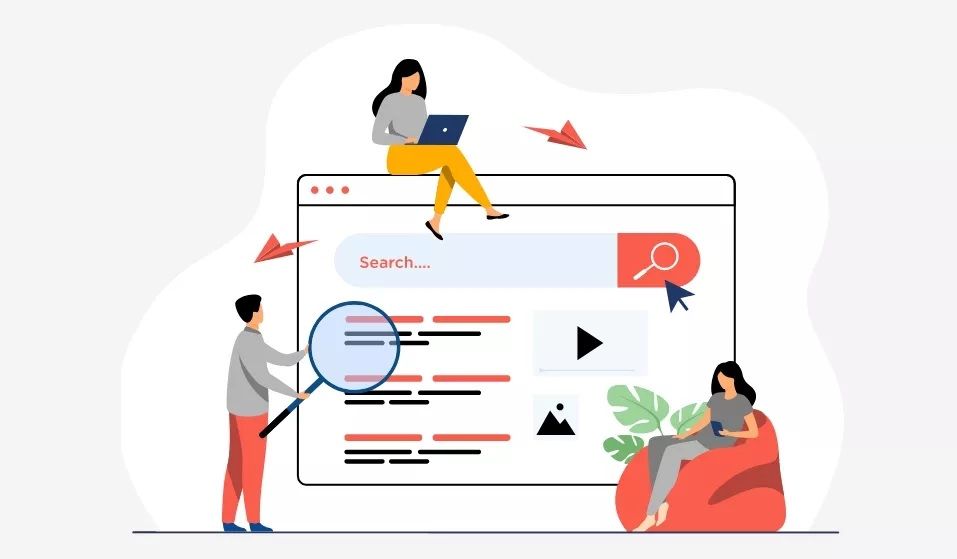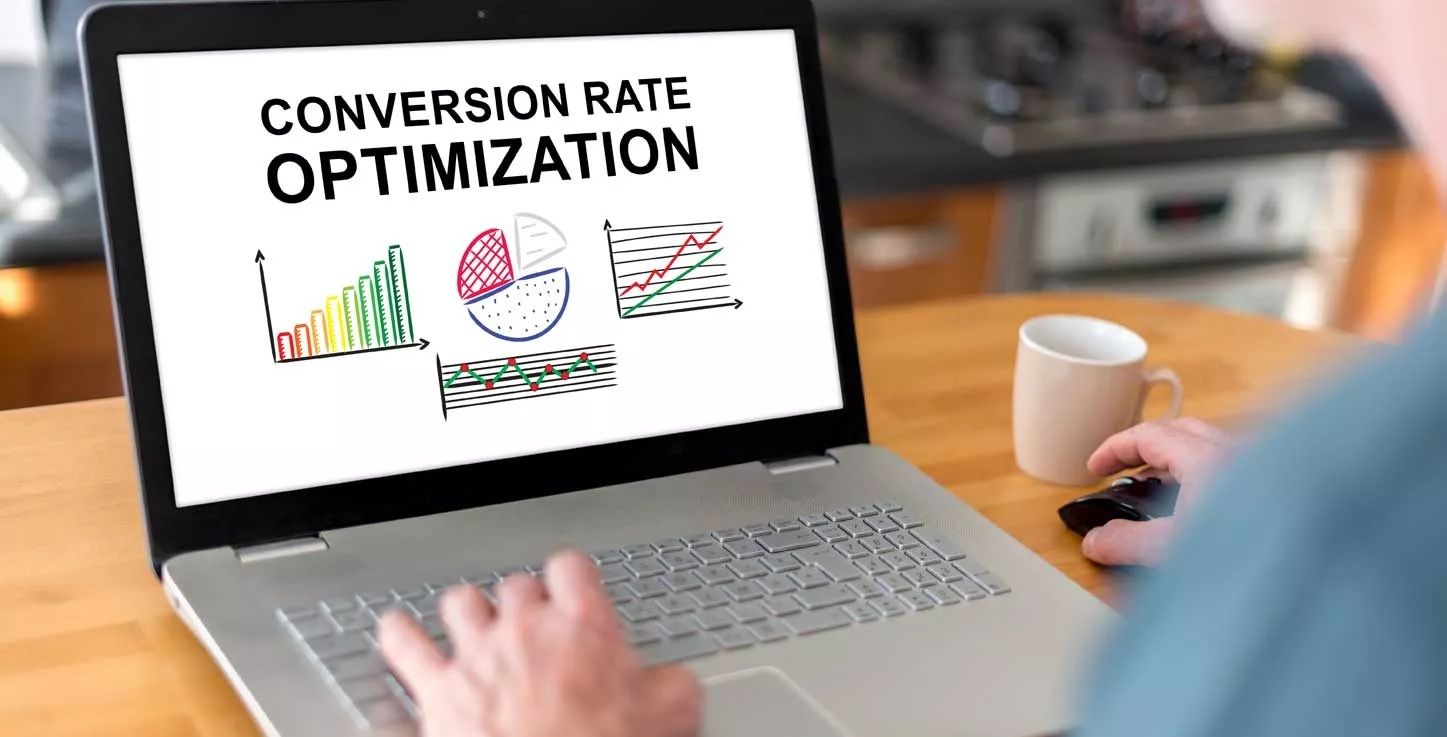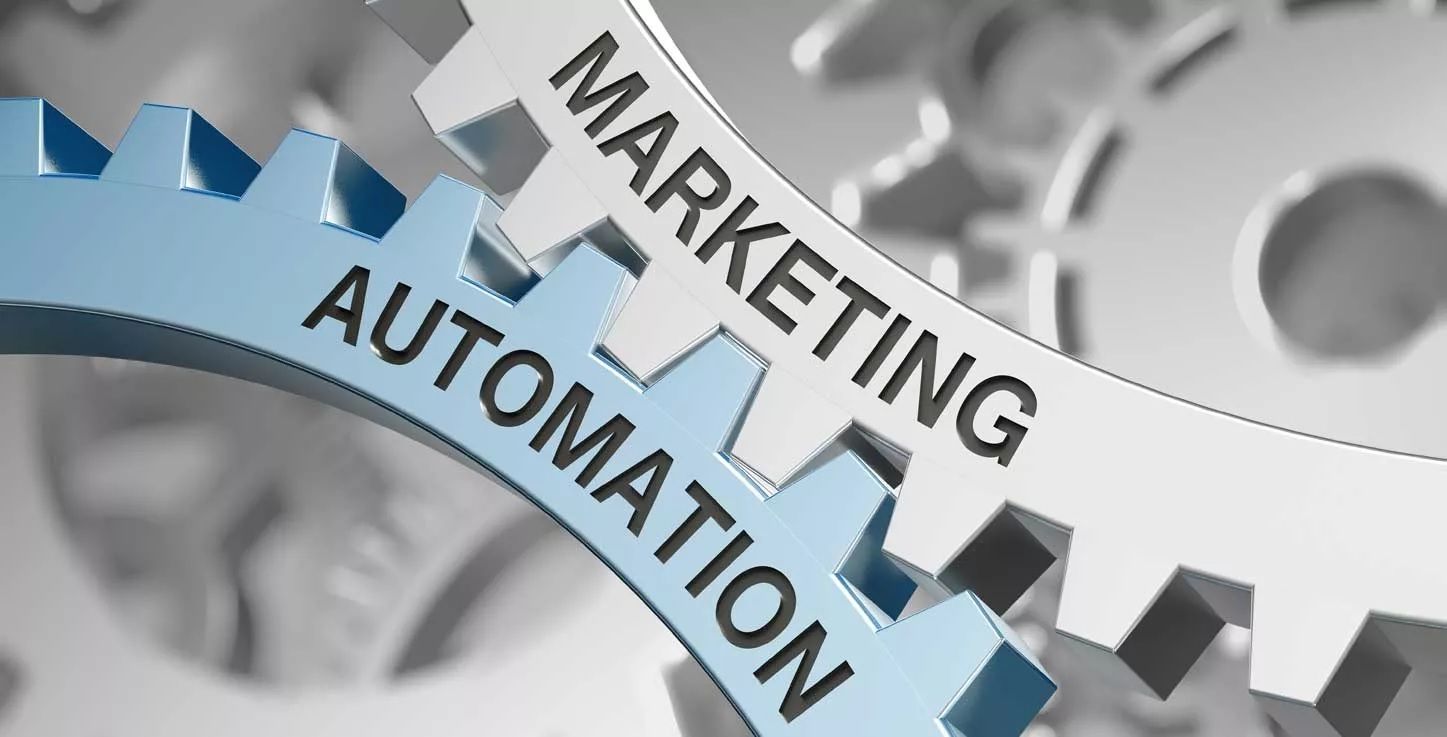Website Performance: Speed

A one-second delay in load time reduces page views by 10% and customer satisfaction by 15%. Over 50% of online shoppers have claimed that if a site is too slow they will not make a purchase.
Page load times are now part of Google's search results ranking algorithm as they will rate faster pages higher because of customer satisfaction. With a heightened focus on the user experience both from designers and consumers, every lost second lowers the user's expectations for gratification which reduces conversions by 8%.
While eCommerce sites face the most issues related to speed and web performance relative to customer satisfaction and conversions, it can really affect any site as more and more consumers expect so much.
Tips for Making Site Faster
Understand Metrics
It is more than just load time. You also need to be aware of time-to-interact which lets you know how long a consumer has to wait before they can take action. This is important when deciding the order in which tasks are performed to ensure customers can act quickly versus waiting for a key element to load.
Keep Sites Simple
More is not always better when a simple, effective design will do. Keep the number of page elements as low as possible while being careful about the size of those elements. Reduce the number of HTTP requests as well.
Enable Compression
By using compression you can speed up the delivery of content by well over 50%.
Reduce Third-party Content
While third party content can be useful and is sometimes necessary, too much leaves you dependent on their performance in addition to yours.
Be Mobile
You need a site that is optimized for mobile if you want to have the speed mobile users expect.
Reduce Marketing Tags
Using one unified tag rather than multiple marketing tags makes things simpler and faster.
Avoid Large Images
Overly large images that have not been optimized are like anchors that weigh you down and slow you down. Make sure the image fits the purpose it is intended for and is sized properly and compressed.
Latest Articles

SEO and Web Design
Search engine optimization (SEO) is a valuable digital marketing strategy for businesses that want to drive more traffic to their sites and increase exposure to their brands. SEO design is an essential aspect of this strategy that focuses on the design of your website.

Secure Your Website with HTTPS Protocol
HTTP stands for hypertext transfer protocol and it is the foundation of data communication on the internet. While HTTP is the original version, a more secure version has been created called hypertext transfer protocol secure (HTTPS) which keeps data sent between your web browser and the target website safe and secure via encryption.

What is Conversion Rate Optimization?
Conversion rate optimization (CRO) is defined as the process of increasing the percentage of visitors to a website that takes a specific action desired by the business such as making a purchase, signing up for a newsletter, requesting a quote, etc.

Marketing Automation
Marketing automation means technology designed to more effectively market on multiple channels online by automating repetitive tasks. They have become more popular for marketing departments and organizations as platforms have become more sophisticated enabling users to more easily plan, coordinate, manage and measure campaigns.